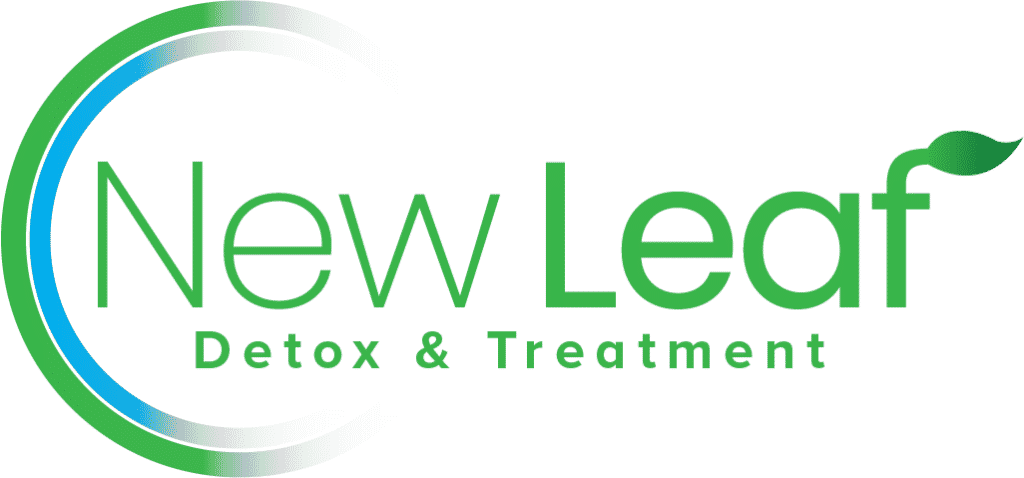Heroin detox can be an intensely painful and physically grueling experience, especially for those with long-term or high-volume heroin use. The process involves your body reacting to the sudden absence of opioids it has grown physically dependent on, triggering a cascade of heroin withdrawal symptoms that can include everything from nausea and sweating to severe anxiety and muscle aches.
These symptoms arise because heroin binds to opioid receptors in the brain, altering how pain and pleasure are perceived. When the drug is removed, those same receptors scream for more. Common early signs of opioid withdrawal include:
- Runny nose
- Muscle aches
- Abdominal cramps
- Chills and sweating
- Intense cravings
The Onset of Withdrawal: Timing and Severity
Heroin withdrawal typically begins 6 to 12 hours after your last dose. The most acute symptoms often peak around 24 to 48 hours after the last use, though psychological effects can linger for weeks or even months depending on the severity of opioid dependence and general health.
While withdrawal syndrome is rarely life-threatening on its own, it can significantly affect heart rate, blood pressure, and mental health, which is why medical professionals strongly recommend healthcare supervision during detoxification. People with a history of co-occurring disorders or other chronic conditions may experience more severe side effects.
The Physical and Psychological Toll
The pain of heroin detox isn’t just physical. Yes, there are muscle cramps, insomnia, nausea, vomiting, and diarrhea—but there are also mental health struggles that are just as destabilizing. Anxiety, depression, and suicidal thoughts are common, especially for those detoxing without proper medical support.
Clonidine is often used to help reduce some physical symptoms like elevated blood pressure and heart rate. Still, emotional instability and intense cravings can push individuals back to heroin use, especially in the absence of medication-assisted treatment or support from addiction treatment professionals.
Short-Term vs. Long-Term Discomfort
Acute withdrawal usually lasts 5 to 10 days, but the experience can feel endless due to the intensity of the symptoms. This is especially true for people who have been using fentanyl or oxycodone alongside heroin, as their medical detox processes can overlap and worsen the overall withdrawal syndrome.
Even after acute withdrawal ends, many individuals report lingering symptoms such as fatigue, mood swings, and anhedonia (the inability to feel pleasure). This phase, sometimes called post-acute withdrawal syndrome (PAWS), requires ongoing support, including mental health services and structured follow-up treatment options.
The Role of Medication-Assisted Treatment (MAT)
To reduce the pain of heroin detox, many treatment centers utilize medication-assisted treatment options such as buprenorphine, suboxone (a combination of buprenorphine and naloxone), methadone, and naltrexone. These medications interact with opioid receptors to stabilize the patient without producing the euphoric effects of heroin.
- Buprenorphine: A partial opioid agonist that reduces cravings and withdrawal symptoms without the intense high.
- Suboxone: Combines buprenorphine with naloxone to discourage misuse.
- Methadone: A full agonist that’s carefully dosed under medical supervision to manage withdrawal.
- Naltrexone: An opioid antagonist that blocks euphoric effects and is often used in follow-up care.
Each option has its pros and cons, but all are proven to help individuals safely navigate detox and reduce the overall severity of heroin withdrawal symptoms.
Inpatient vs. Outpatient Detox Approaches
Whether a person undergoes inpatient or outpatient detox can dramatically affect the intensity of their experience. Inpatient detox provides 24/7 monitoring, access to medications like clonidine and suboxone, and immediate interventions for dangerous fluctuations in blood pressure or heart rate.
Outpatient treatment may be appropriate for those with milder addictions or strong at-home support systems, but it carries higher risk. The intense cravings and physical symptoms of withdrawal can quickly lead to relapse without structured, around-the-clock support.
The Danger of Going Cold Turkey
Some people attempt to quit heroin “cold turkey” without medical support or detox medication. This method not only intensifies withdrawal symptoms, but it can also pose life-threatening complications—especially for people with cardiovascular issues, poor nutrition, or preexisting mental health disorders.
In these situations, a supervised heroin detox is critical. Medical professionals can step in with medication, hydration, and even IV treatments if necessary. They also help reduce the risk of opioid overdose if a person relapses during detox and returns to their usual dose, unaware of their decreased tolerance.
Supporting a Loved One Through Heroin Detox
Watching a loved one suffer through heroin withdrawal can be heartbreaking. Drug intervention from friends and family is essential, but it’s also important to recognize the medical complexity of detox. Encouraging your loved one to enter a professional addiction treatment program may be the most compassionate and effective step.
Look for healthcare providers that specialize in substance use disorder treatment and offer mental health services administration alongside medical detox. A facility that uses evidence-based pharmacology and understands the nuances of opioid withdrawal can make the experience safer and far less painful.
Heroin Detox in California: Where to Get Help
New Leaf Detox & Treatment offers medical detox programs throughout Southern California to help individuals safely and comfortably recover from heroin addiction. Our facilities in Dana Point, Laguna Niguel, and San Juan Capistrano are staffed with experienced professionals who specialize in opioid use disorder and co-occurring mental health conditions.
Whether you’re in need of short-term detoxification or long-term follow-up care, New Leaf provides evidence-based solutions including medication-assisted treatment, inpatient rehab, and personalized addiction treatment plans. Reach out to our detox center near you today to start your recovery journey in a supportive, medically supervised environment that prioritizes both comfort and results.




